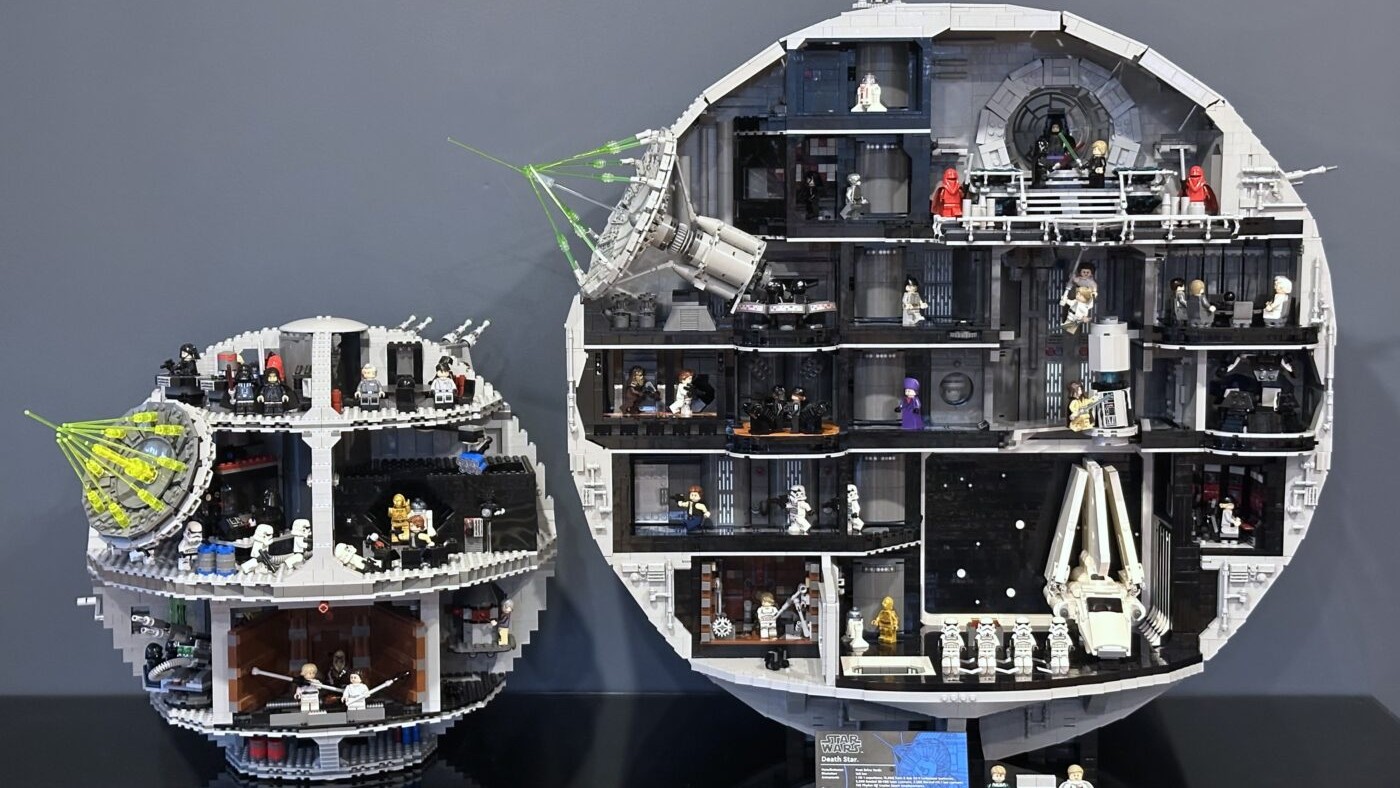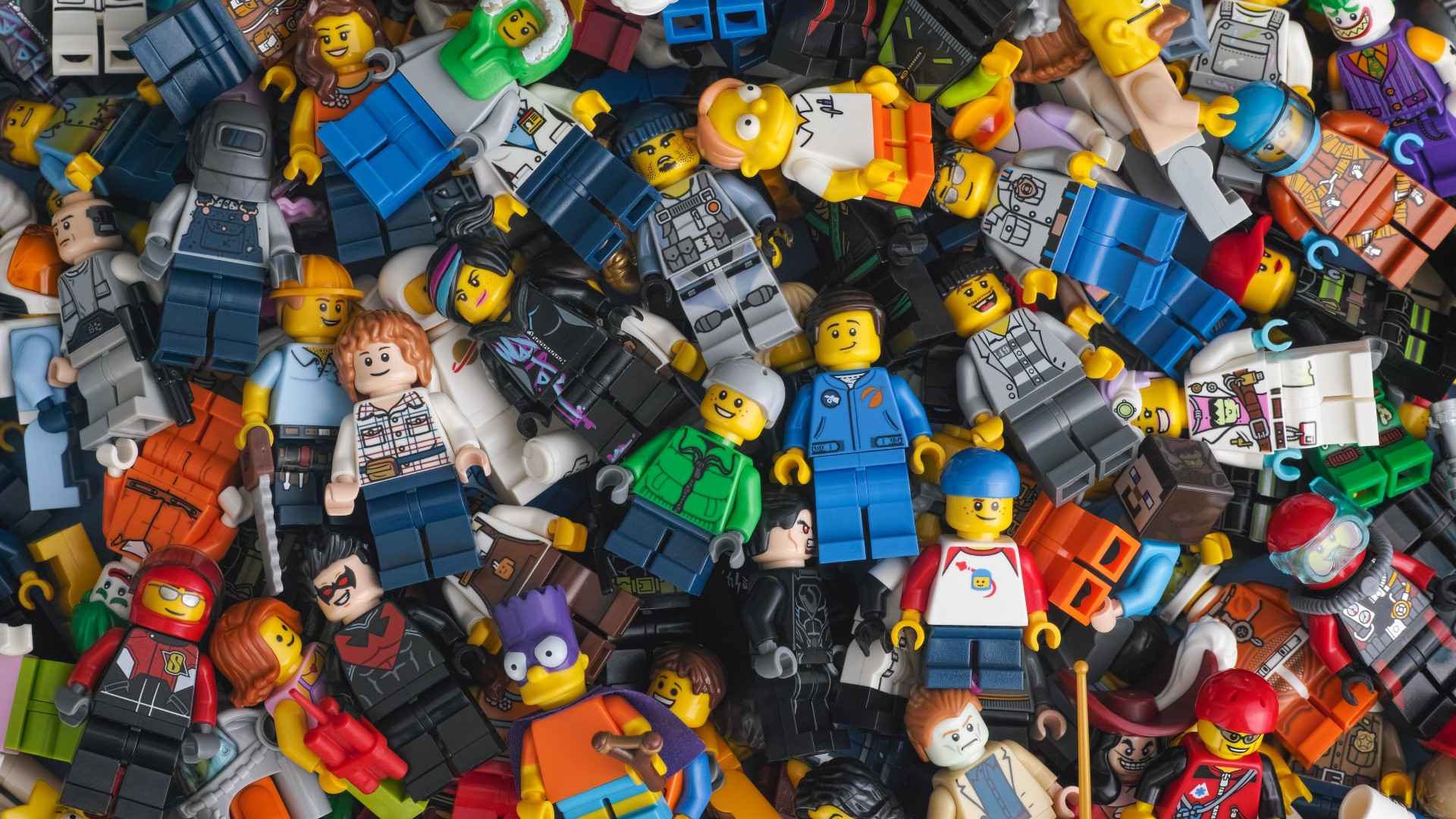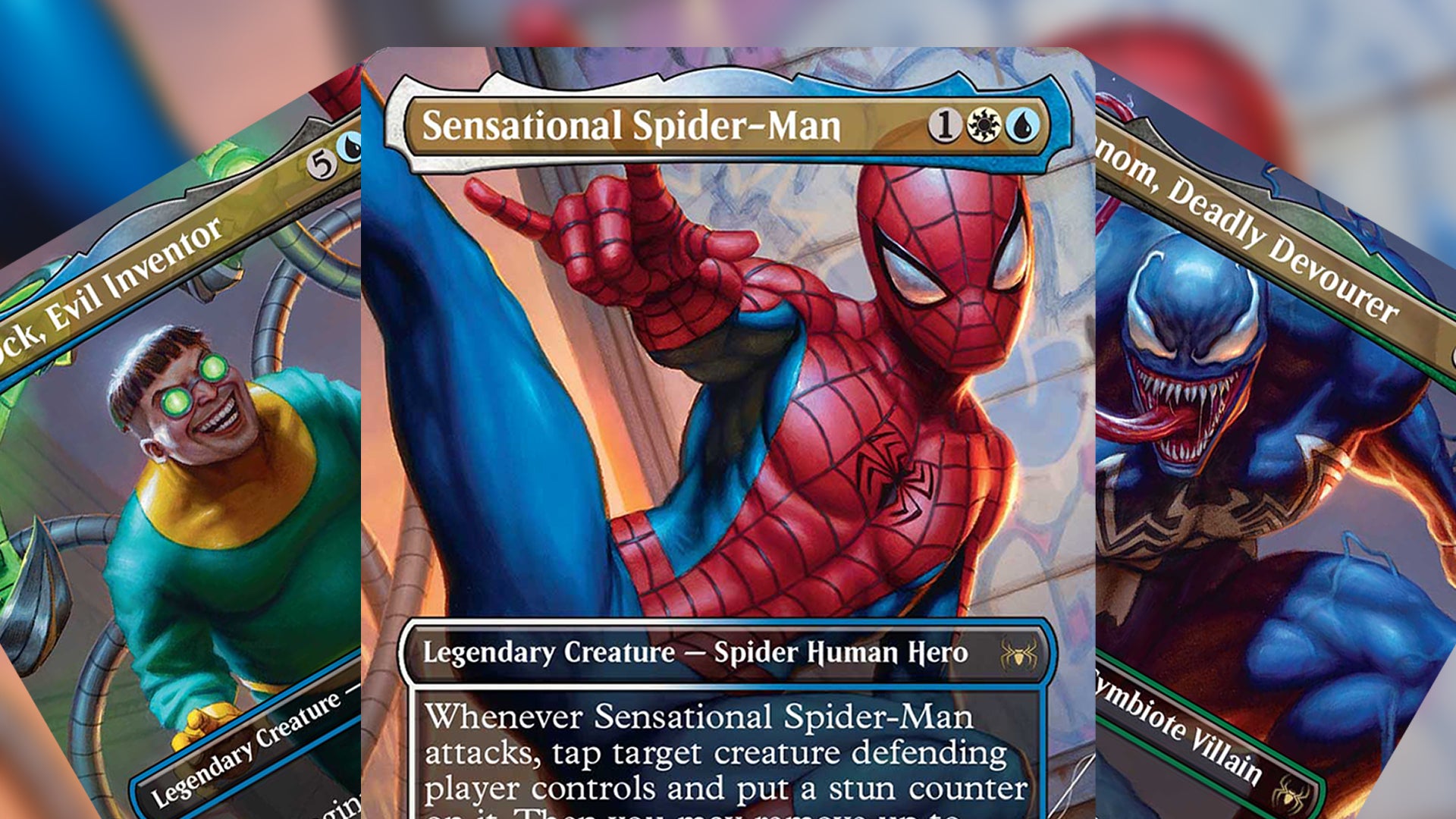
2025 LEGO Sets: The Best, Coolest, And Most Talked-About Releases
f you follow LEGO, 2025 was a big year. New licenses arrived, long-running themes leveled up, and we even got the priciest Star Wars model

Creating custom minifigures, a popular hobby among LEGO enthusiasts, involves a detailed and creative process that blends traditional LEGO design with personalization and artistic expression. This article will explore the various stages of designing custom minifigures and the tools commonly used.
The custom minifigure community is vibrant, with enthusiasts sharing their creations on social media platforms and forums. Websites like Flickr, Instagram, and dedicated LEGO forums are popular places to showcase and discuss custom minifigures.
Designing custom minifigures is a creative and rewarding hobby that combines artistry with the love of LEGO. It requires patience, skill, and a variety of tools, but the end result is a unique creation that reflects the designer’s vision and creativity. Whether for personal enjoyment or sharing with the community, custom minifigures stand as a testament to the limitless possibilities offered by these small plastic figures.

f you follow LEGO, 2025 was a big year. New licenses arrived, long-running themes leveled up, and we even got the priciest Star Wars model

Silksong is a gorgeous, razor‑sharp Metroidvania that pushes hard and refuses to apologize. Hornet’s movement sings, the combat has bite, and Pharloom is a world

Collecting MTG cards vs collecting minifigures looks like two different worlds at first. Card sleeves and binders on one side. Studs and display cases on

Some people carry a lucky coin. Some keep a pebble from a good trip. More and more of us carry a tiny plastic friend. A